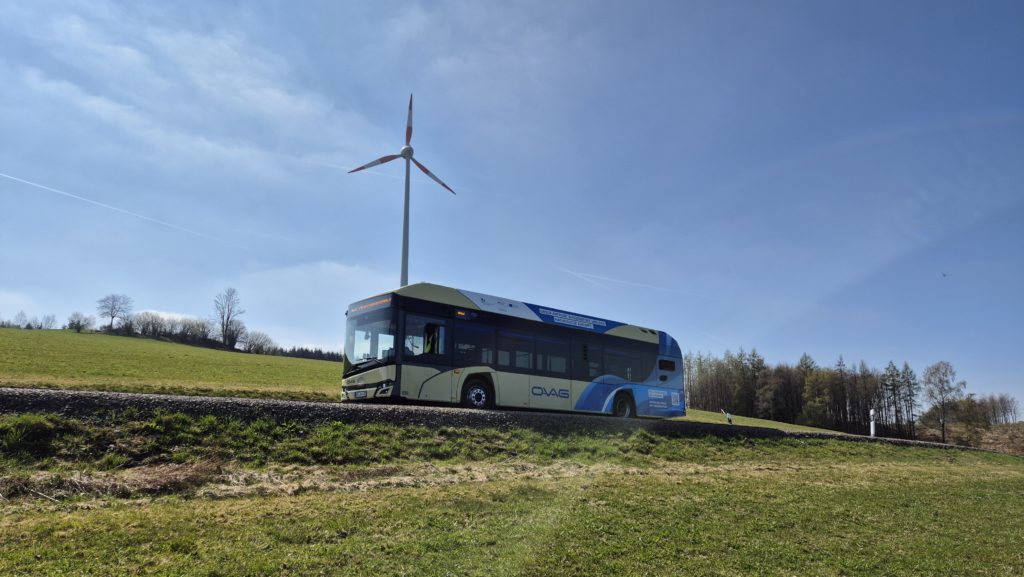AFIR
How will AFIR affect the development of electromobility?
In April 2024, the EU’s Regulation for the Deployment of Alternative Fuels Infrastructure (AFIR) will come into force. It will significantly expand the network of alternative fuel infrastructure across Europe in the coming years. The regulation will accelerate the development of a network of charging and hydrogen refuelling stations to be accelerated and will certainly accelerate the pace of change.
In April 2024, the EU’s Regulation for the Deployment of Alternative Fuels Infrastructure (AFIR) will come into force. It will significantly expand the network of alternative fuel infrastructure across Europe in the coming years. The regulation will accelerate the development of a network of charging and hydrogen refuelling stations to be accelerated and will certainly accelerate the pace of change.
“We are convinced that in the near future citizens will be able to charge electric cars as easily as they refuel internal combustion cars today”
RAQUEL SANCHEZ JIMENEZ, SPANISH MINISTER OF TRANSPORT, MOBILITY AND URBAN AGENDA.

AFIR is set to replace Directive 2014/94/EU of the European Parliament and the Council dated October 22, 2014, regarding the development of alternative fuels infrastructure. In accordance with the new regulation, a substantial expansion of the infrastructure network supporting alternative fuels is planned across Europe. This will expedite the establishment of hydrogen refueling and charging stations.
The expansion of infrastructure for alternative fuels is becoming progressively vital, and the European Union is actively taking measures to increase the number of charging and refueling stations. “We are convinced that in the near future citizens will be able to charge electric cars as easily as they refuel internal combustion cars today” – commented Raquel Sanchez Jimenez, spanish Minister of Transport, Mobility and Urban Agenda.
charging points
every 60 km
The new legislation states that there will be many more public charging points on city streets and along motorways in Europe. By 2025, there should be charging points every 60 km along the EU’s main transport corridors (i.e. the so-called TEN-T core network).
Another key obligation under the Regulation is the need to increase the total power of publicly available charging points per registered electric car.
The new rules require 1.3 kW for pure electric vehicles (BEVs) and 0.8 kW for plug-in hybrid electric vehicles (PHEVs). In addition, charging stations must have a capacity of at least 400 kW by 2025 and 600 kW from 2027. Other provisions of the regulation include the requirement to equip all charging stations with payment terminals and to ensure full price transparency.

hydrogen stations
every 200 km
As for hydrogen refuelling stations, they must be distributed every 200 km by the end of 2030, including along the core TEN-T network. In addition, there must be one publicly accessible hydrogen refuelling station at each urban node. The refuelling stations will be designed to have a total capacity of at least 1 tonne of hydrogen per day at a pressure of 700 bar.
The specific guidelines and capacities set out in the regulations aim to support the growth of electric mobility and thus the decarbonisation of the transport sector. The AFIR Regulation on alternative fuel infrastructure is part of the Fit for 55 package. Fit for 55), which aims to align EU legislation with the new target of reducing the EU’s greenhouse gas emissions by at least 55% by 2030 and achieving climate neutrality by 2050.
The Regulation was published in the EU’s Official Journal in September. The legislation will enter into force six months after the 20th day following the publication, i.e. in April 2024. The AFIR will apply directly in each Member State without the need for transposition.







